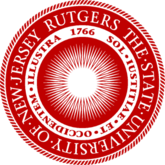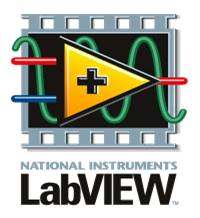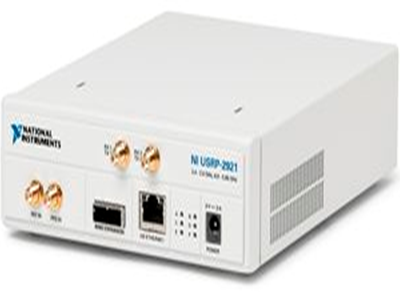




Home Reed Solomon Project Reed Solomon Galois Fields Theory Reed Solomon LABVIEW Implementation Reed Solomon Experiments
One of the projects implemented in the Digital Communication Systems class in Spring 2012 at ECE Dept, Rutgers - New Brunswick is the implementation of the Reed Solomon code which is an error-correction technique optimized for burst errors. Rutgers ECE graduate students Aby Sebastian and Kareem Bonna implemented this and created a project report for the same.
The project involves implementation of the Reed Solomon Encoder and Decoder on National Instrument's LabVIEW environment and USRP hardware. The purpose of Reed-Solomon (RS) Encoder and Decoder is to correct burst errors in digital communication systems, broadcasting systems and digital storage devices using the technique of forward error correction. Forward error correction involves appending redundant or extra "parity symbols" to the original message at the transmitter end; so that these extra symbols may be used later for correcting errors at the receiver end. The Reed Solomon code is optimized for burst errors rather than bit errors. Burst errors are contiguous errors in a bit stream whereas bit errors refer to any individual bits in error in the data. Reed Solomon Encoder and Decoder serves as a compromise between efficiency and complexity, leading to its easy hardware implementation. This error correction method was invented by Irving S. Reed and Gustave Solomon in 1960 at the MIT Lincoln Laboratory, Massachusetts.
Follow the links below to get a thorough understanding of the math behind the Reed Solomon code, its coding process and a step-by-step guide on how to implement it on NI-USRPs and LabVIEW.
Reed Solomon Code: Based on Galois Fields Arithmetic
Reed Solomon Code: Implemented on LabVIEW
Reed Solomon Code: Experiments
[Primary Reference: Reed-Solomon Error Correction by C.K.P Clarke]
Prepared by Amulya Kattimani, a Rutgers ECE undergraduate student